
Discover the captivating essence of Riesling wines in this all-encompassing Riesling wine profile.
We begin our exploration with an introduction to Riesling wines, unravelling the magic behind their celebrated status. Our journey takes a sensory turn as we delve into these wines' rich and varied profile, where a delicate balance of sweetness and acidity meets a spectrum of enticing aromas.
The art of food pairing with Riesling is a culinary adventure, and we'll guide you through combinations that enhance both the wine and your dining experience. Travel with us to the heartlands of Riesling production, where the interplay of climate and vine imparts distinct characteristics to these wines.
Choosing the perfect bottle of Riesling can be a delightful challenge, and our insights will help you navigate this with ease. Finally, we'll compare and contrast the subtleties of Riesling with its often-mistaken twin, Gewurztraminer, highlighting their unique traits and commonalities.
Riesling wines are highly regarded among white wines globally, originating from the Riesling grape varietal in Germany, boasting a diverse array of flavours. From dry to sweet wine, from crisp to rich, they typically exhibit citrusy notes with hints of pineapple and apricot.
The spectrum of Riesling wines is broad. German Rieslings tend to be sweeter, while those from France, Austria, or the USA lean toward a drier, more invigorating profile. You can even find late-harvest Rieslings, which have a higher sugar concentration! If you're unsure of your preference between sweet and dry wines, semi-sweet Rieslings offer a balanced option. For enthusiasts of effervescent beverages, sparkling Riesling is also available.
One of Riesling's standout qualities is its vibrant acidity, lending the wine a refreshing character. Depending on the vintage and handling, Rieslings may develop deeper flavours like smoky or honeyed notes, particularly in older German varieties.
Riesling is a versatile companion for various cuisines. Sweeter rieslings, for example, complement spicy dishes, making them ideal partners for Indian and Asian cuisine. They also pair harmoniously with meats like duck and pork and seafood such as shrimp and crab, appealing to wine connoisseurs and everyday enthusiasts.
Riesling wines offer a delightful blend of sweetness, acidity, and fruity nuances, making them a distinctive and enjoyable choice in white wine.
With their rich heritage and diverse styles, Riesling wines present a captivating sensory journey. Let's explore these exquisite wines' visual, aromatic, and taste profiles.
Riesling wines display a beautiful spectrum of colours, ranging from water white to straw green and deep yellow-gold. The colour variation often indicates the wine's ripeness and age.
Younger Rieslings tend to be lighter in colour, while older or more mature ones exhibit deeper golden hues. Riesling is typically light-bodied, though this can vary with the wine's sweetness level and the region where it's produced.
The aroma of Riesling is as intense as it is diverse, offering a delightful bouquet even when chilled. Here's a breakdown of the aromatic notes:
Riesling's taste profile is as engaging as its aromas, characterized by:
With high acidity comparable to lemonade, Riesling provides a crisp and refreshing palate experience. The wine spans a wide range of sweetness levels, from dry to sweet dessert wine, further adding to its complexity and appeal.
Riesling's sensory profile, encompassing its visual beauty, aromatic richness, and flavorful depth, truly makes it a wine of fascination and enjoyment.
Riesling wines, with their versatile flavour profiles, pair beautifully with a variety of dishes from around the globe, including vegetarian and vegan options. Let's explore some of the best Riesling food pairings:
With this guide, you can confidently pair Riesling wines with a wide array of dishes, enhancing both the wine and the culinary experience.
Riesling, a highly aromatic and acid-rich white grape variety, hails predominantly from the Rhine region of Germany. Recognized for its expressive nature, Riesling conveys the unique characteristics of its terroir, making each regional variant distinct. The grape's ability to adapt to various climates and soil types contributes to its widespread cultivation and the diverse profiles of its wines.

Riesling requires proper serving and storage to enjoy its unique characteristics fully. The following tips ensure an optimal Riesling wine experience, highlighting the wine’s distinctive flavour and aroma profiles.

Proper serving and storage of Riesling enhance the wine's inherent qualities. By following these guidelines, you can ensure that each glass of Riesling you pour is experienced at its best, allowing the wine's delicate balance of aroma and taste to be fully appreciated.
Delving into the world of aromatic whites, Riesling and Gewürztraminer stand out for their distinct traits. Though they share key characteristics, their differences craft unique wine experiences.
While Riesling and Gewürztraminer share the aromatic vibrancy and sweetness spectrum, they diverge in their origins, visual aspects, mouthfeel, scents, flavours, and acidity levels, offering varied delights for wine enthusiasts.
As a wine enthusiast or a curious beginner, your journey through the world of Riesling wines promises a rich tapestry of sensory experiences.
Characterized by its aromatic profile and versatility, you can find either sweet or dry Riesling wine. Understanding their sensory profiles—from floral to fruity notes—is key to appreciating their complexity. Riesling's adaptability shines when paired with food, complementing a wide array of cuisines.
Exploring Riesling's main regions, from Germany's Rhine to Alsace, reveals how climate profoundly shapes their characteristics. Consider factors like sweetness, region, and winemaker's technique to match your taste when choosing a bottle.
Finally, comparing Riesling with Gewürztraminer enriches your understanding, highlighting Riesling's distinct qualities and place in the world of fine wines. Embrace this exploration, and let Riesling's diversity and elegance enhance your wine appreciation journey.

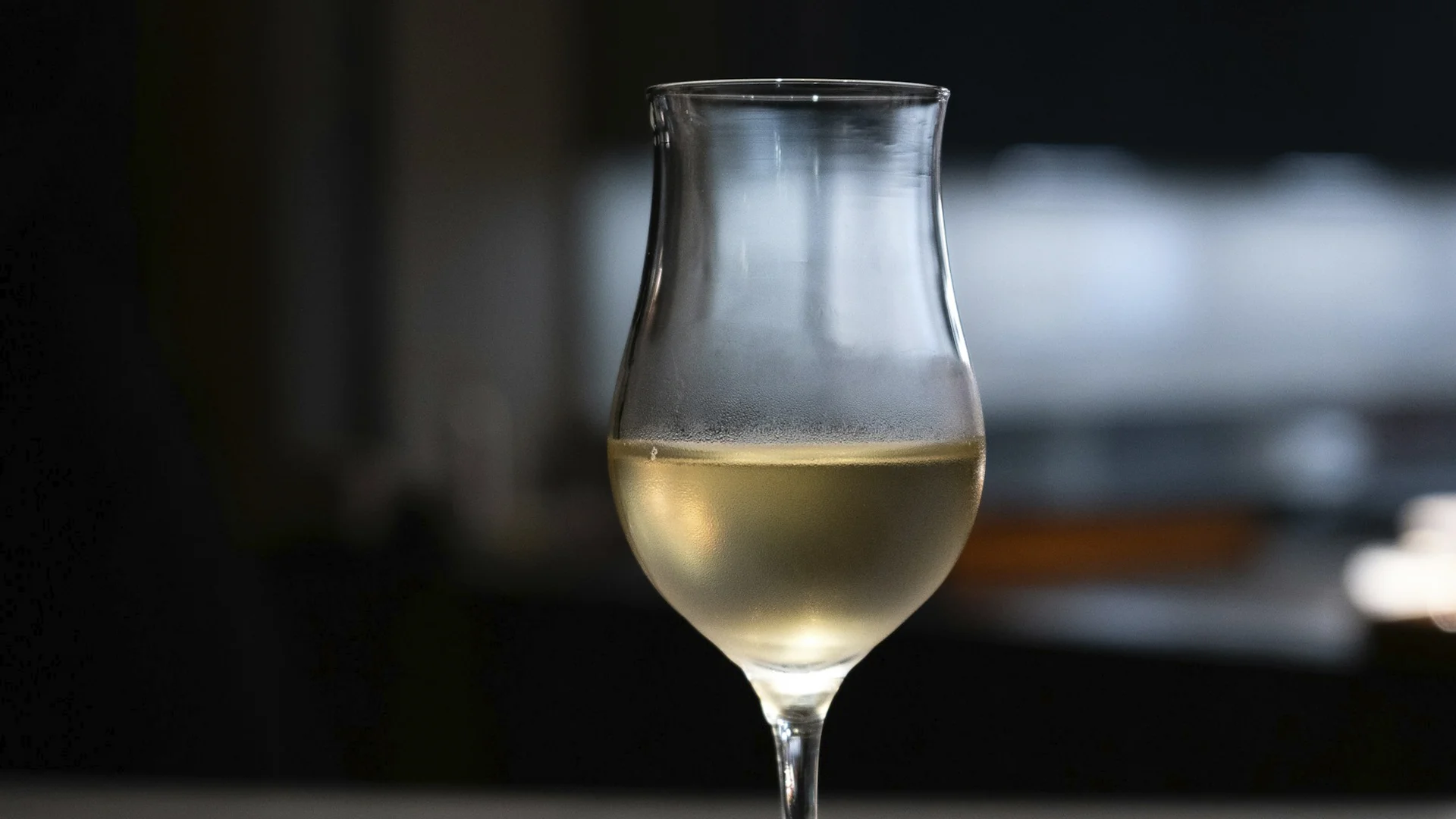
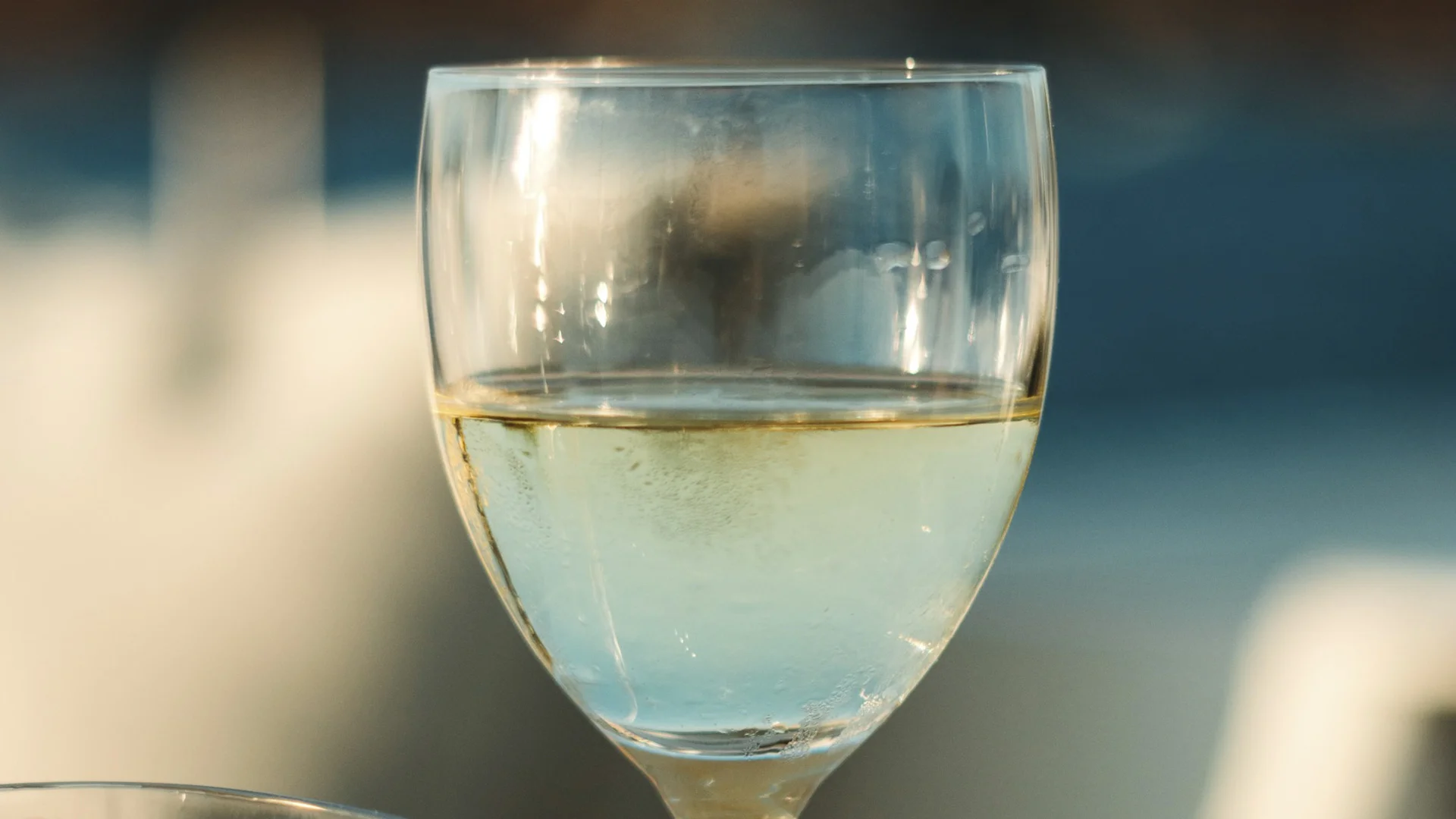

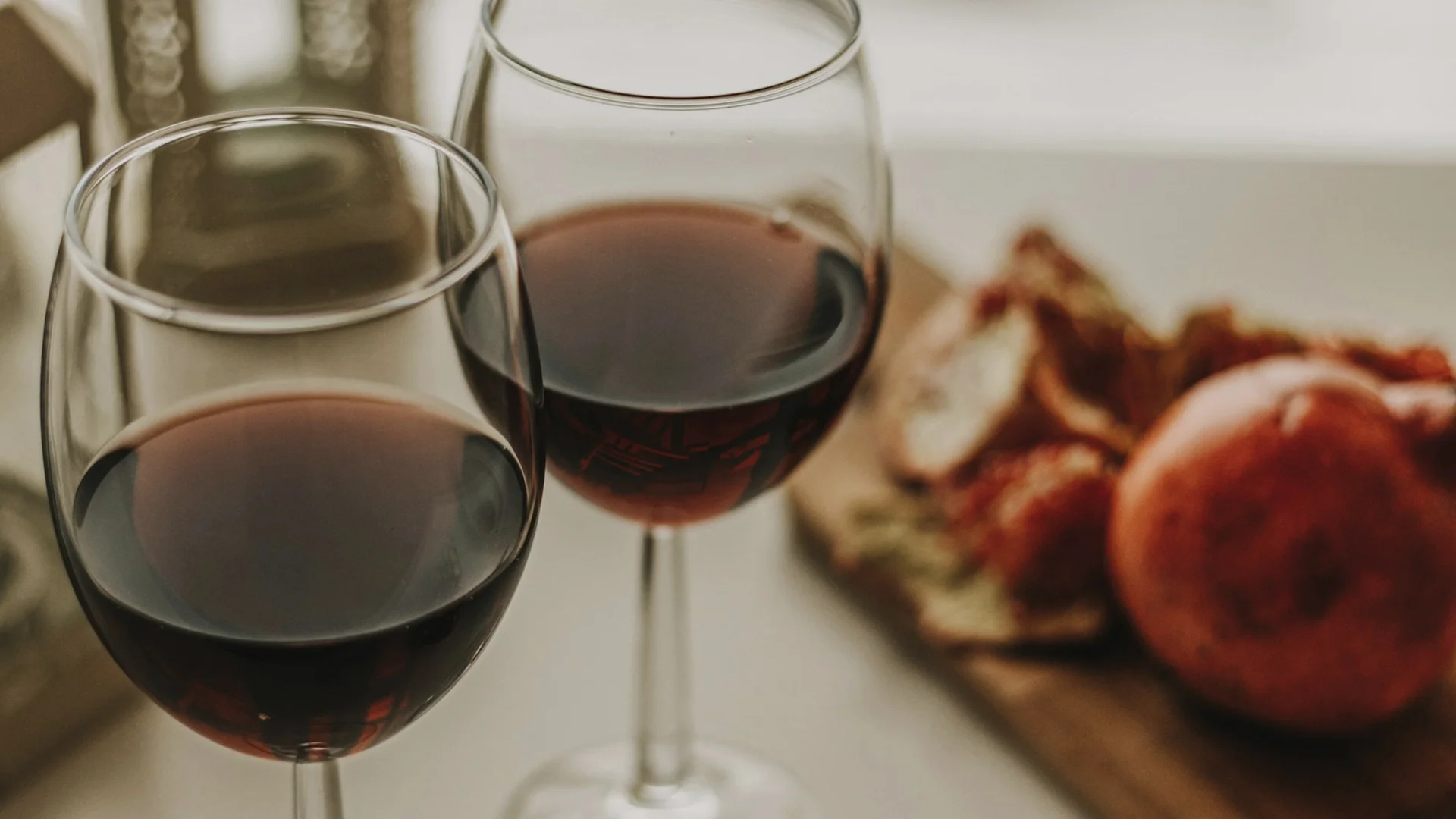


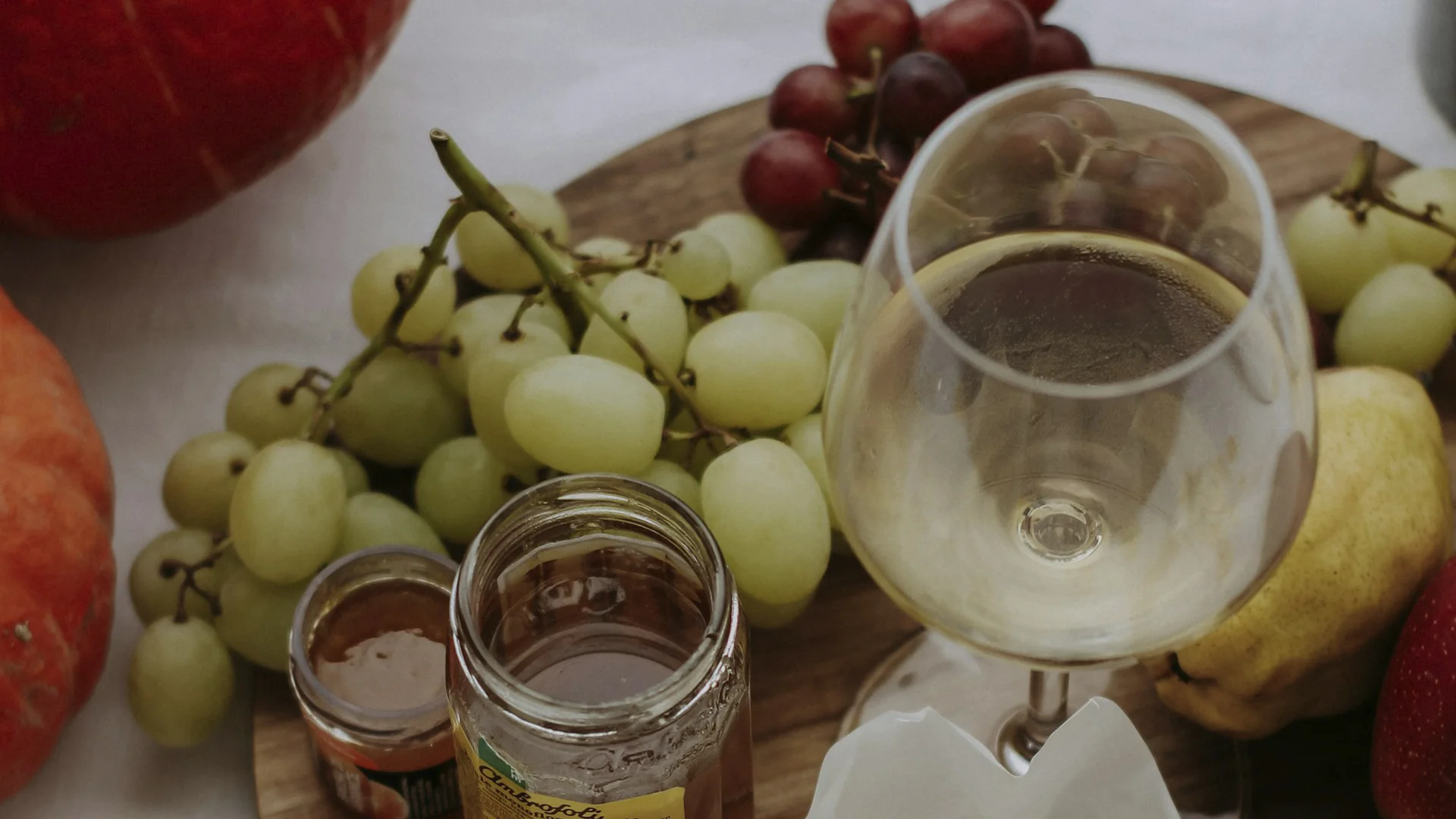
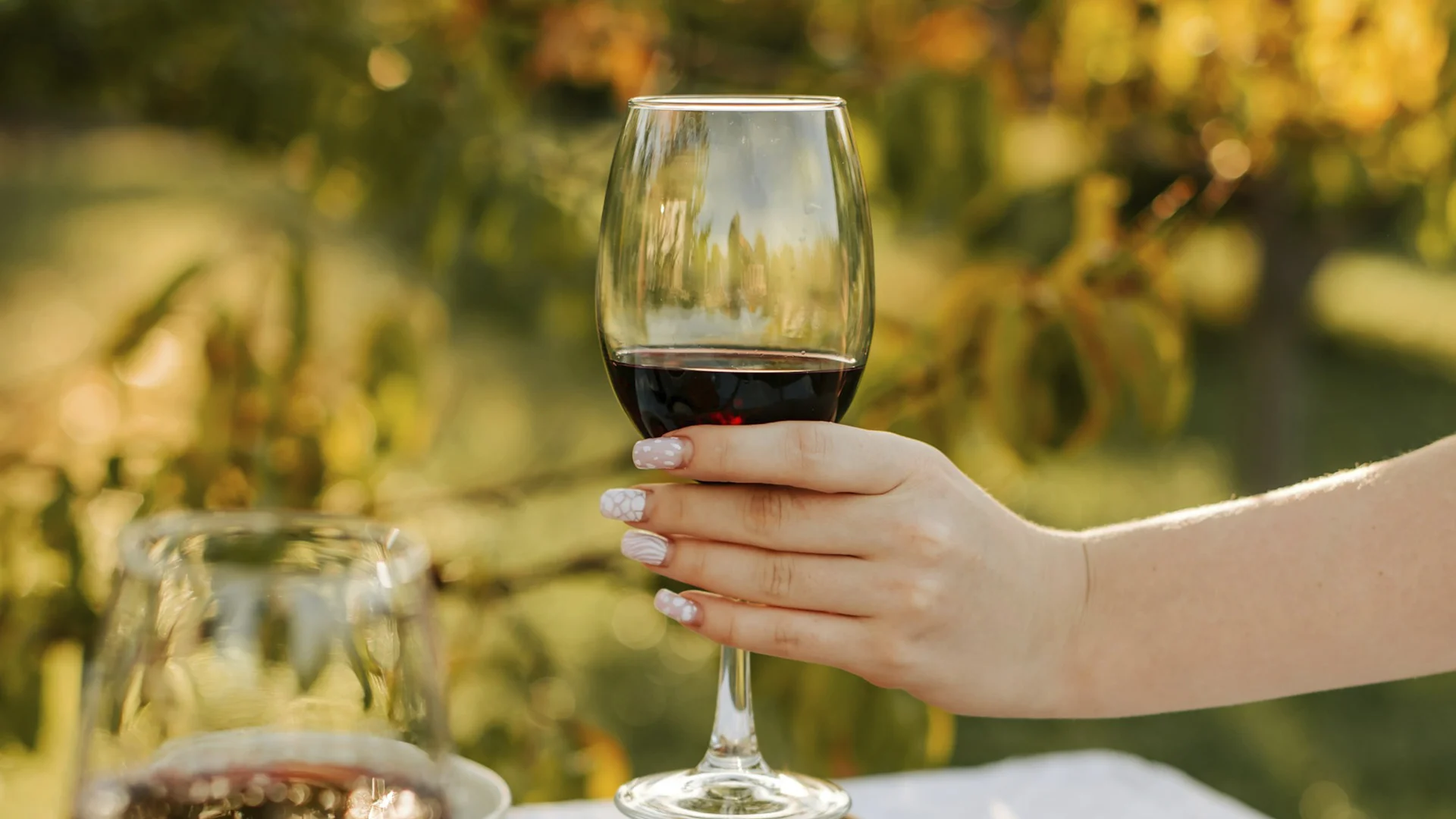


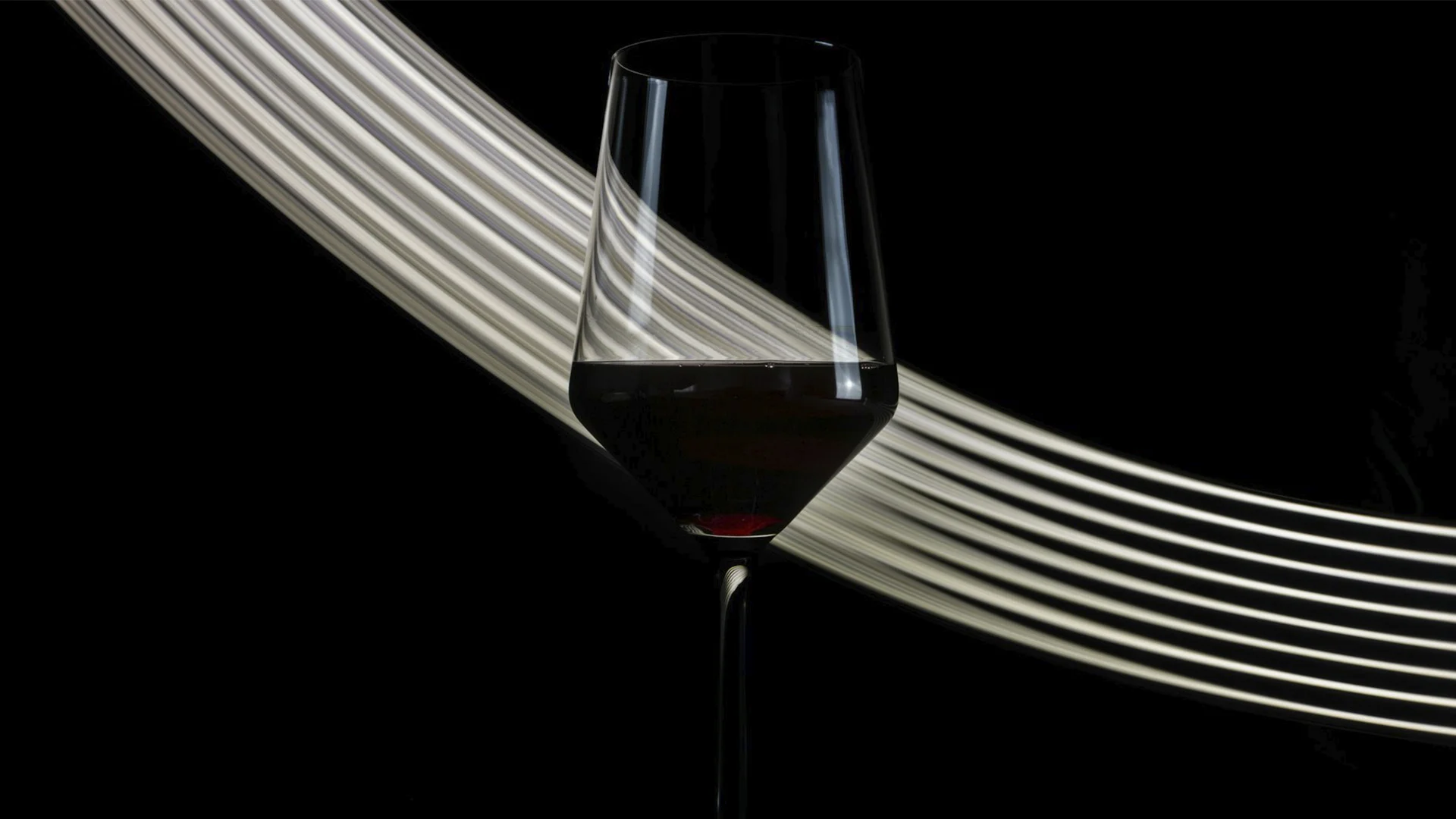



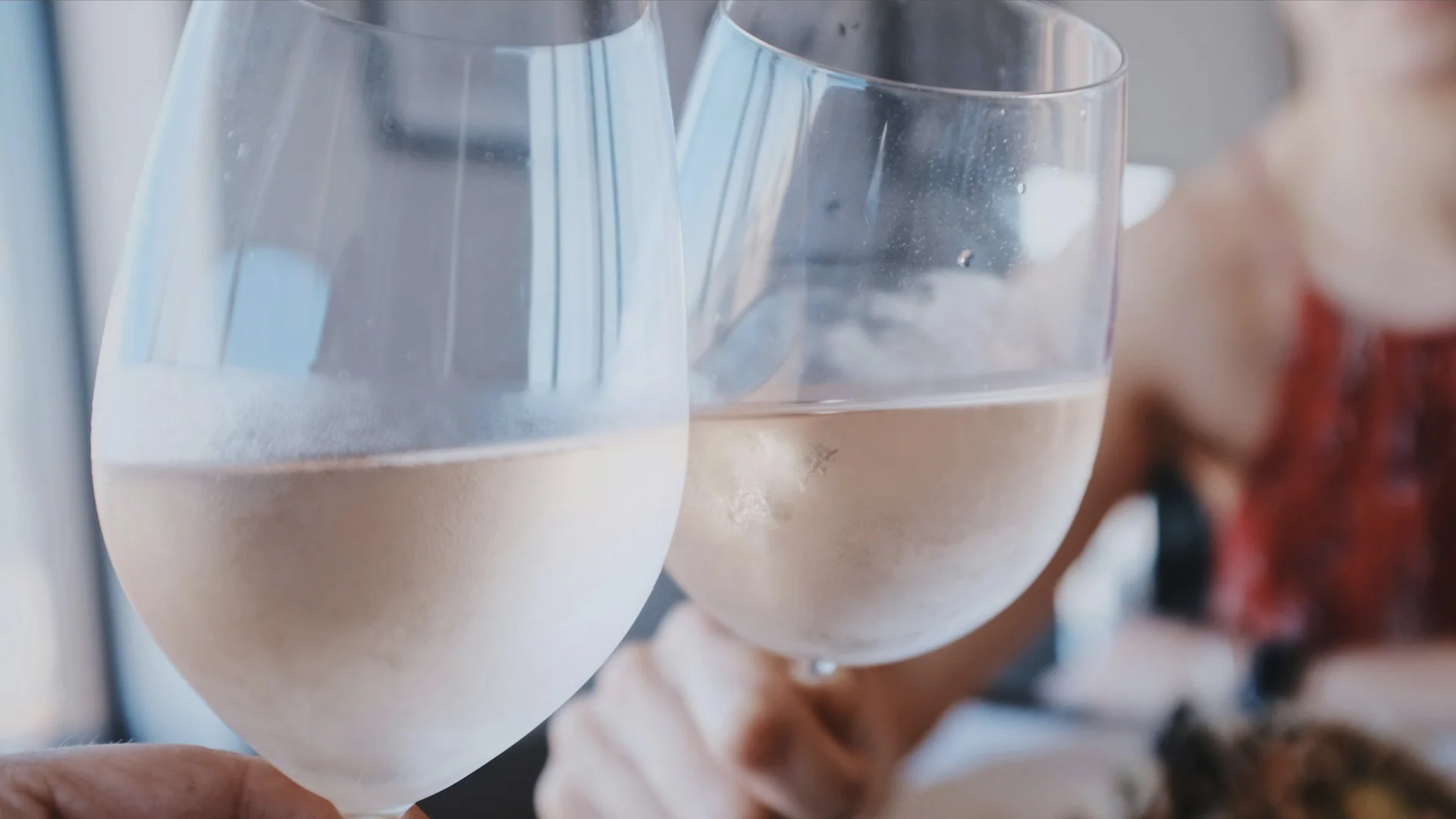

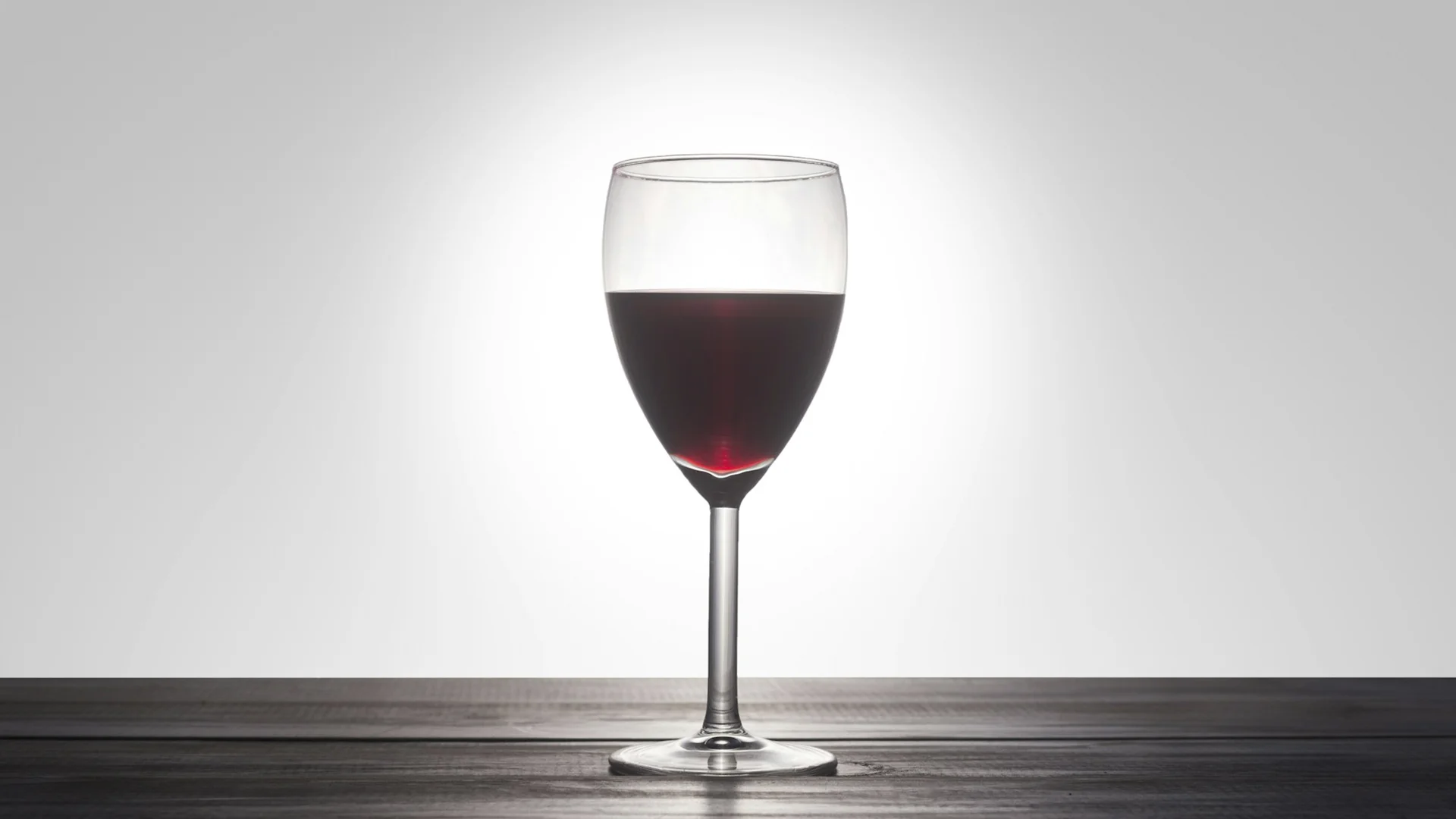


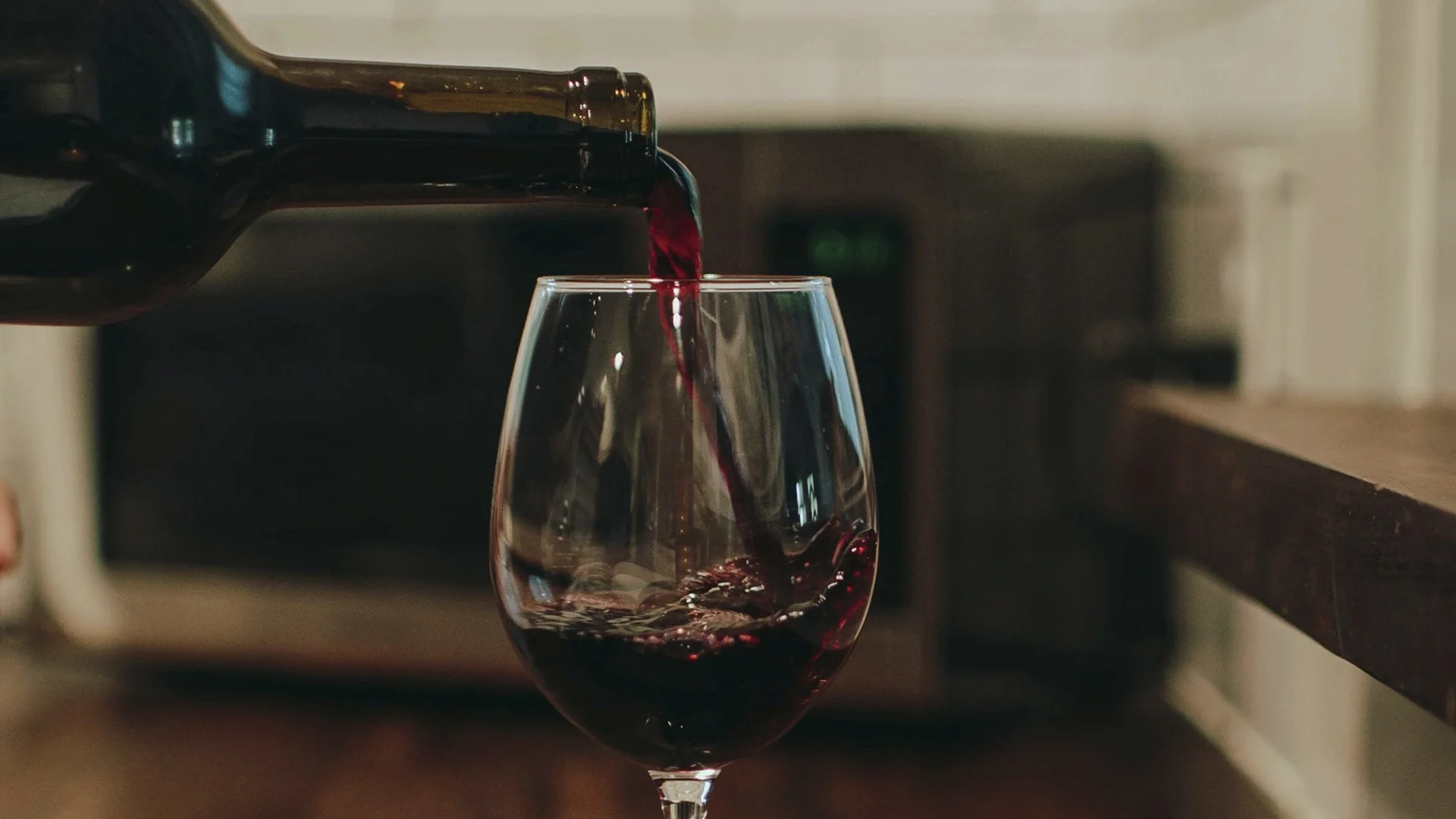


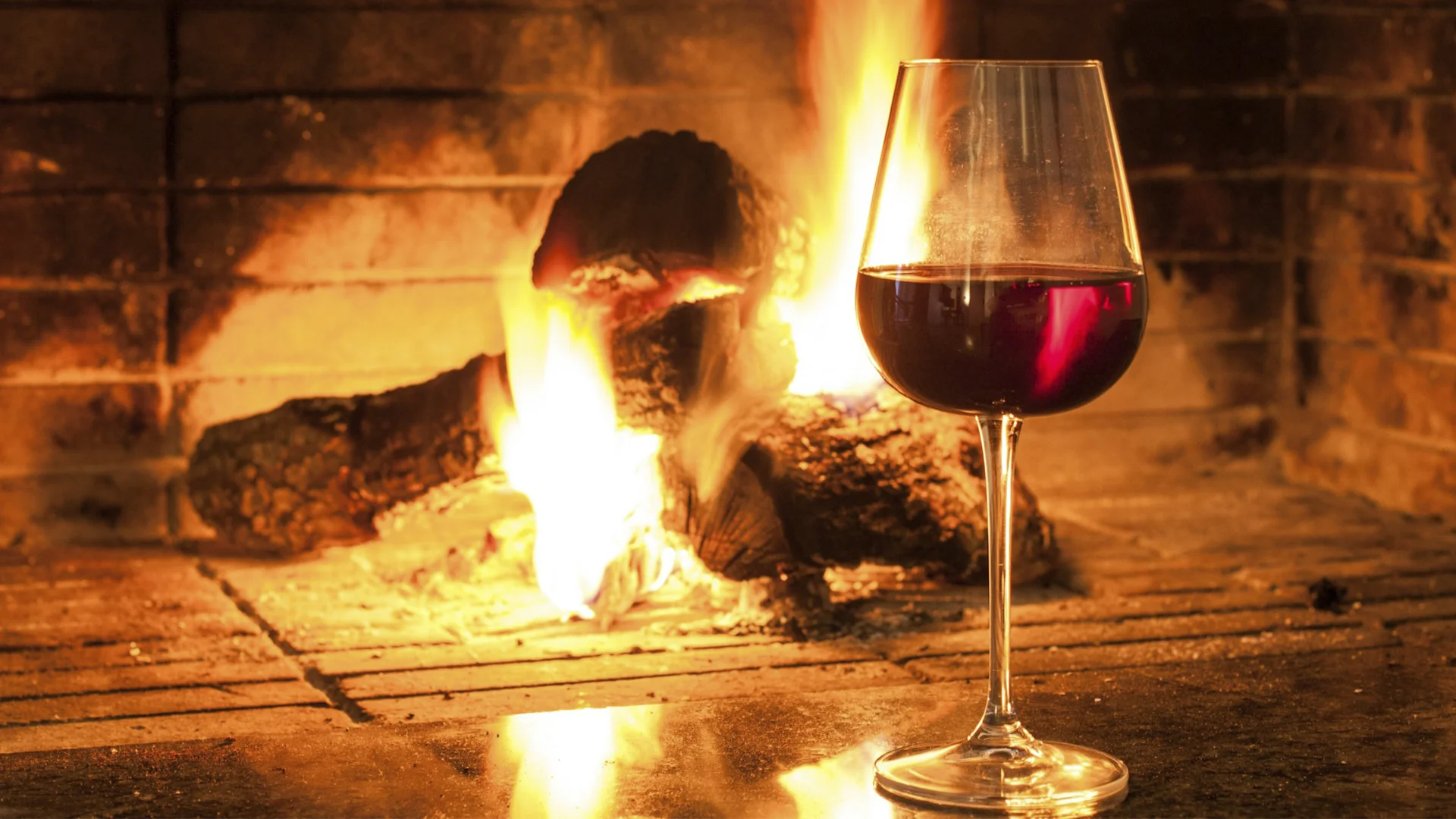
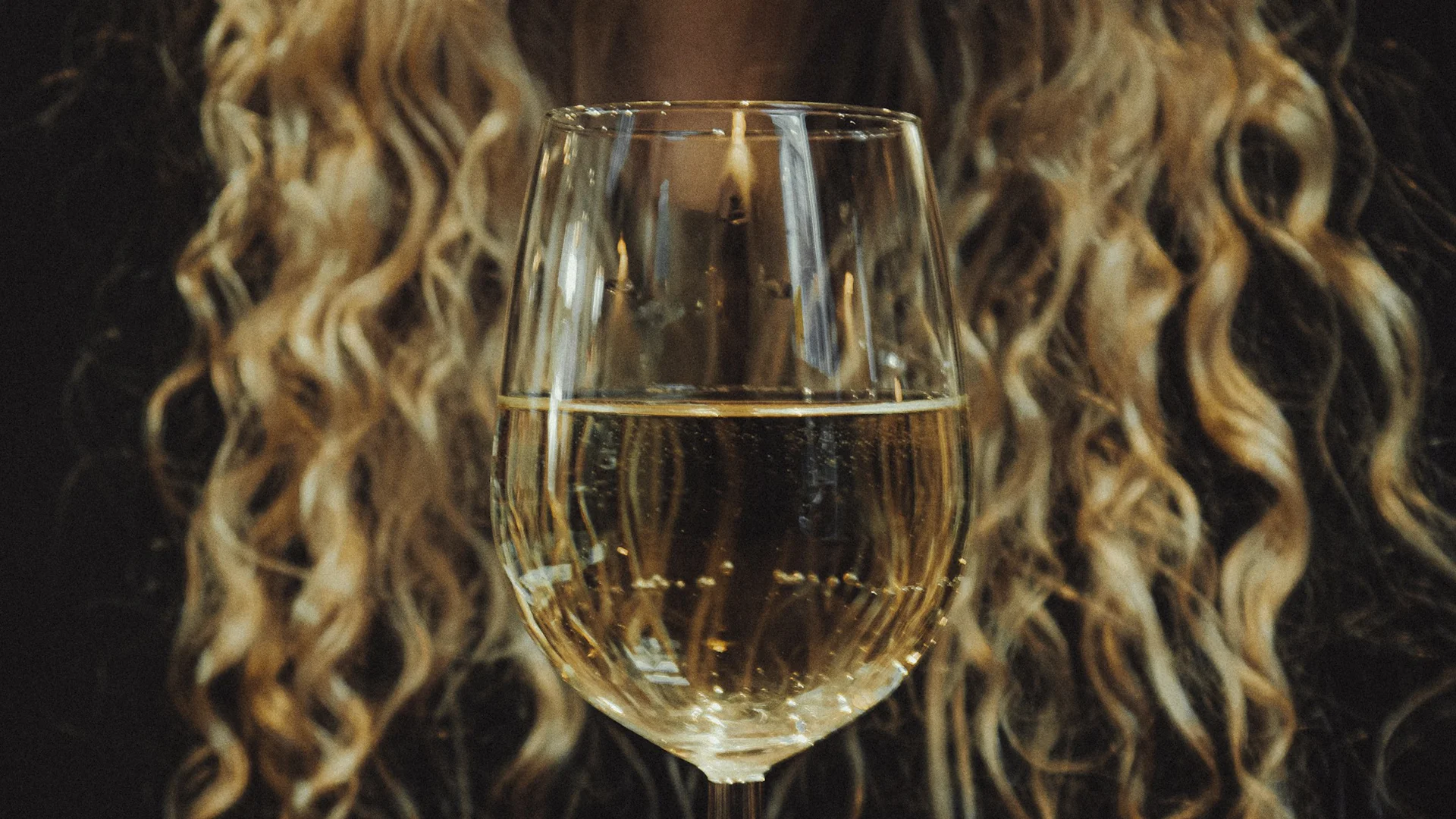

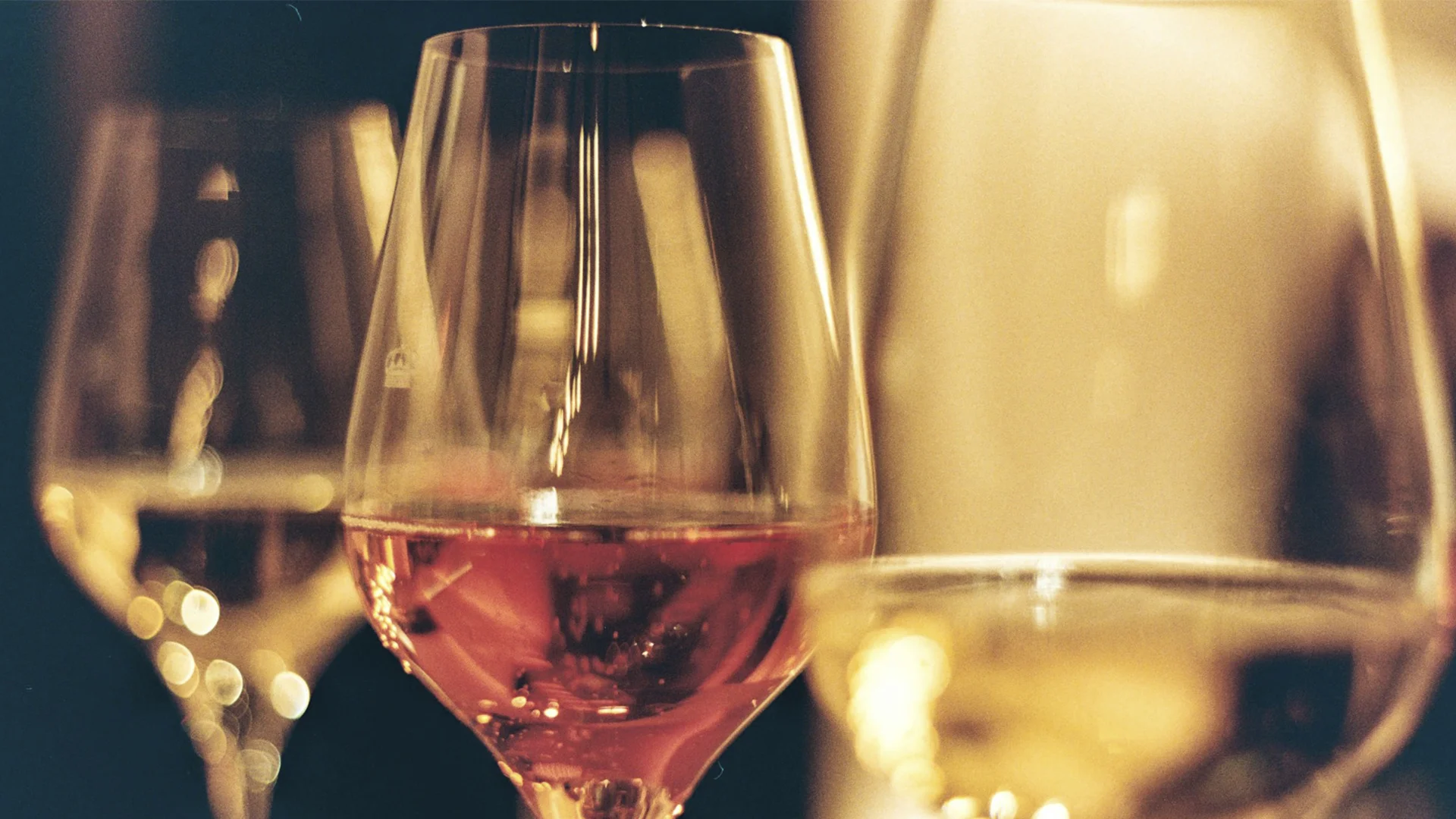
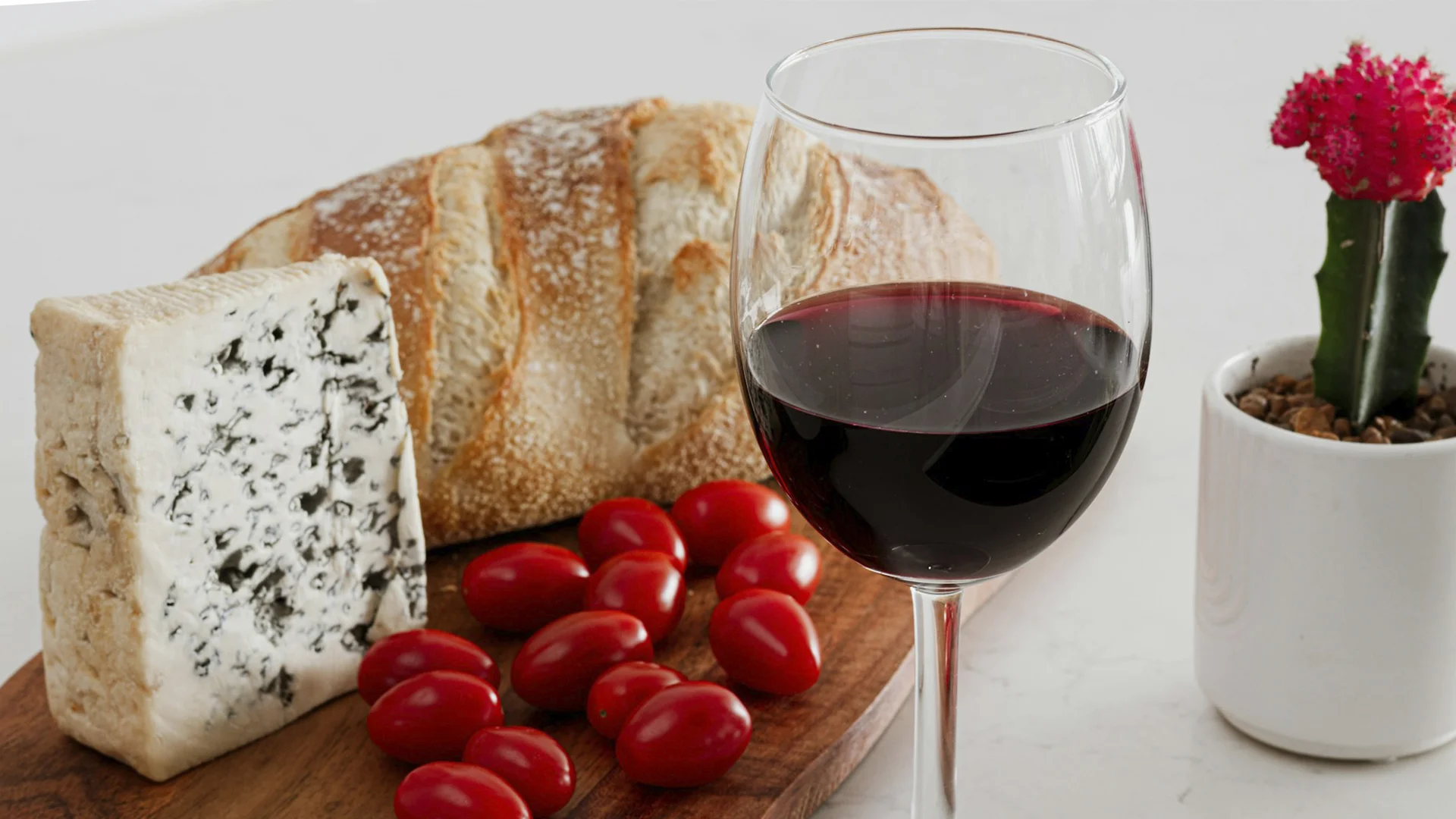

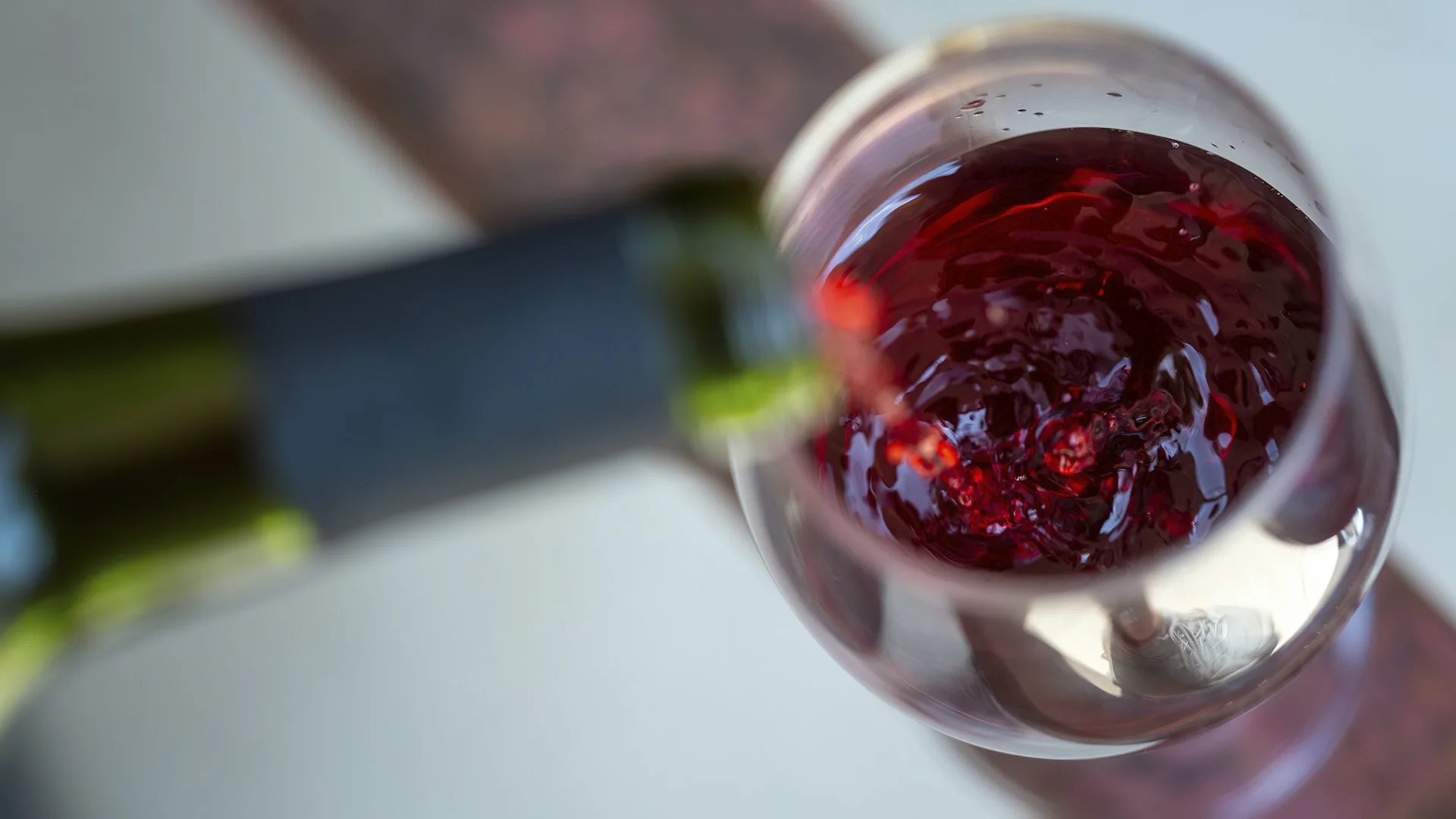


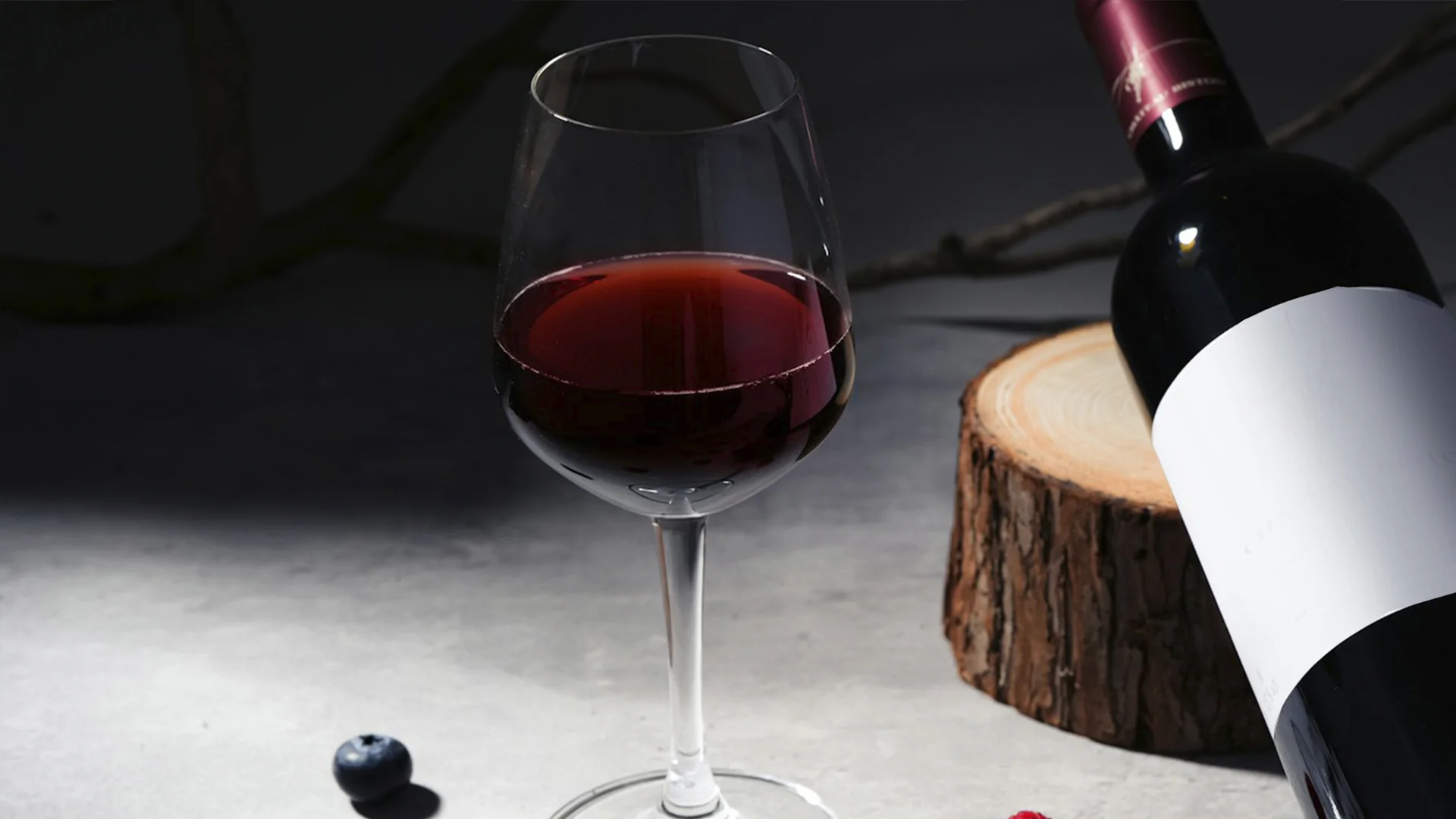
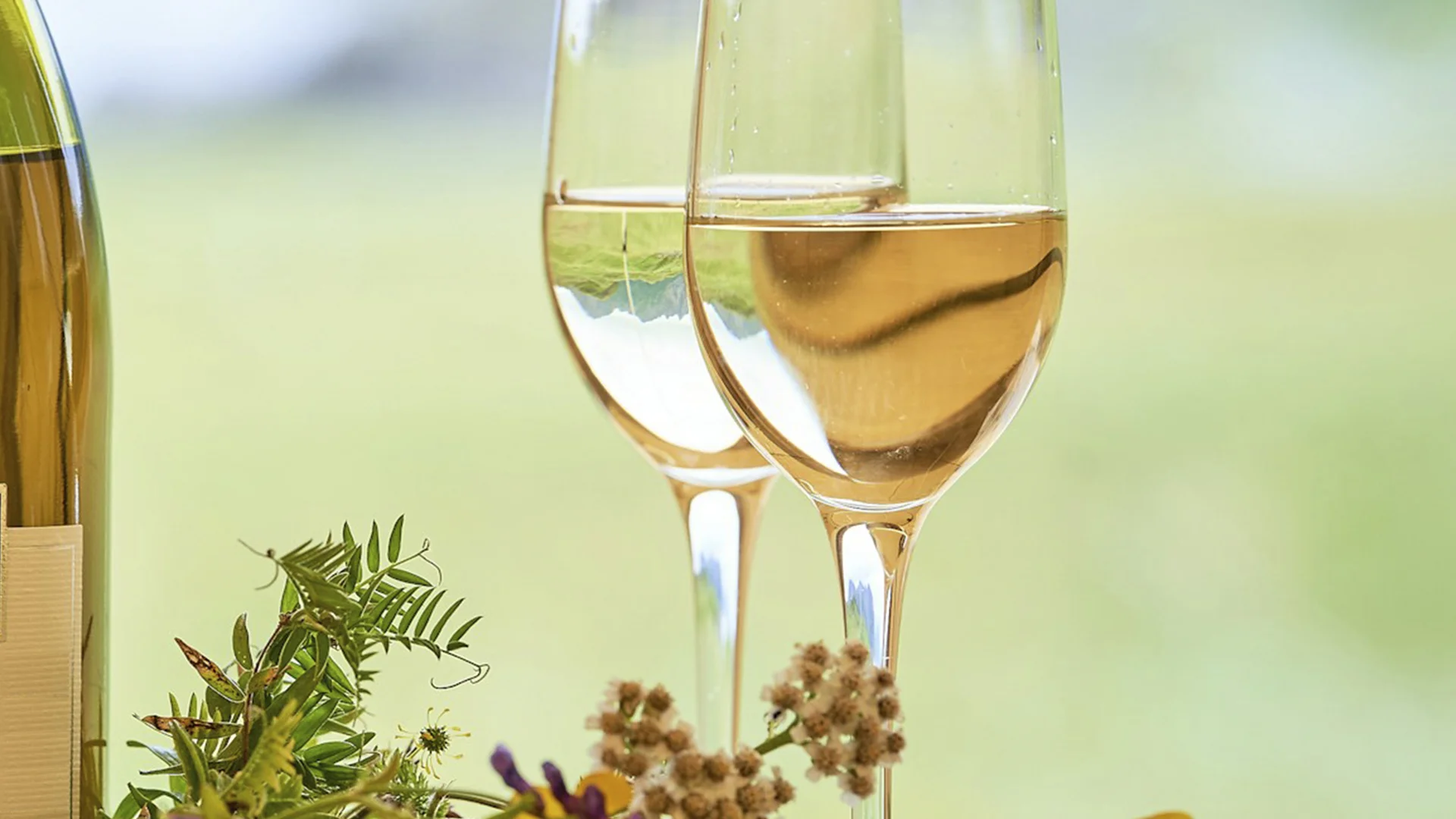
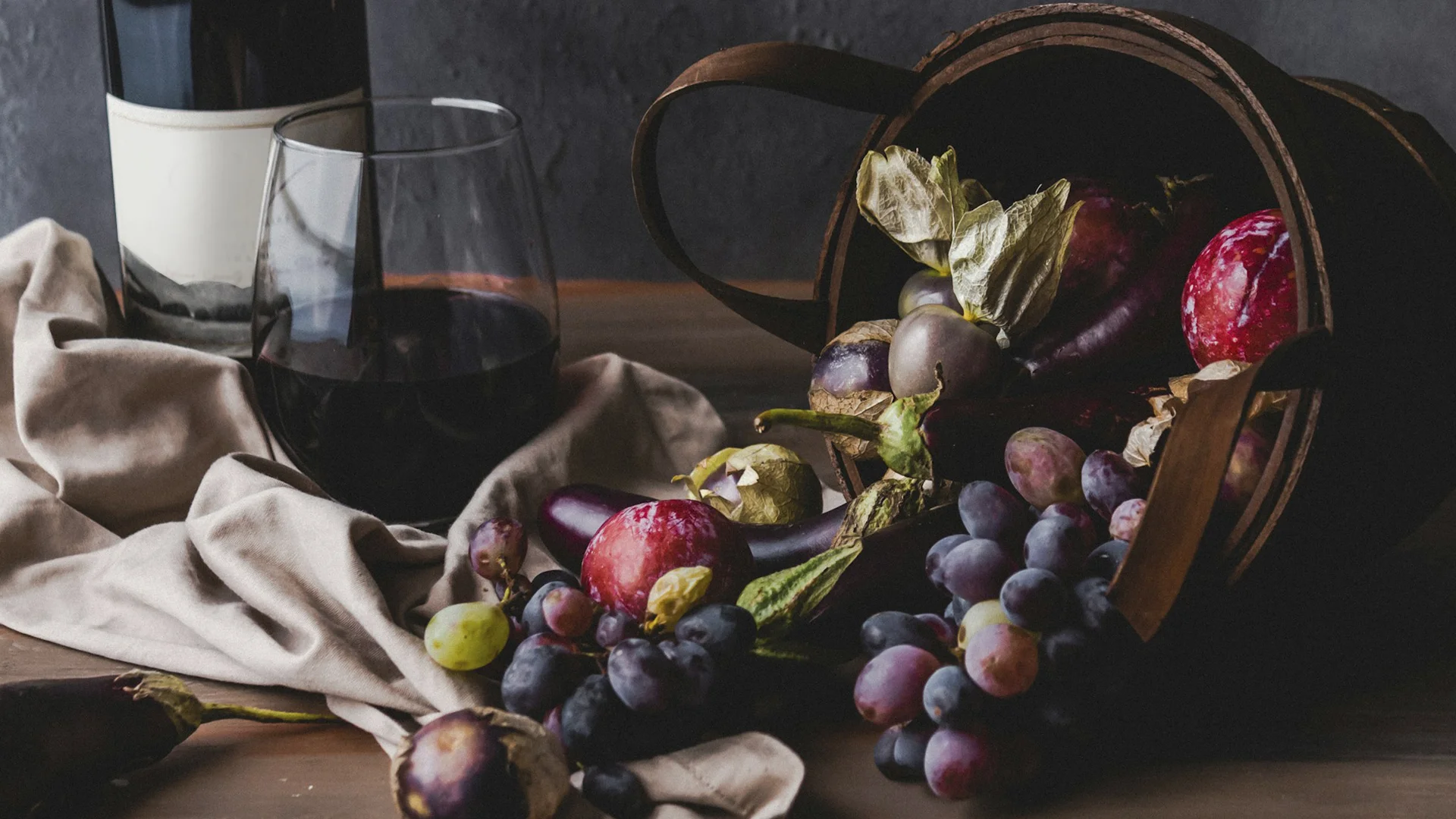
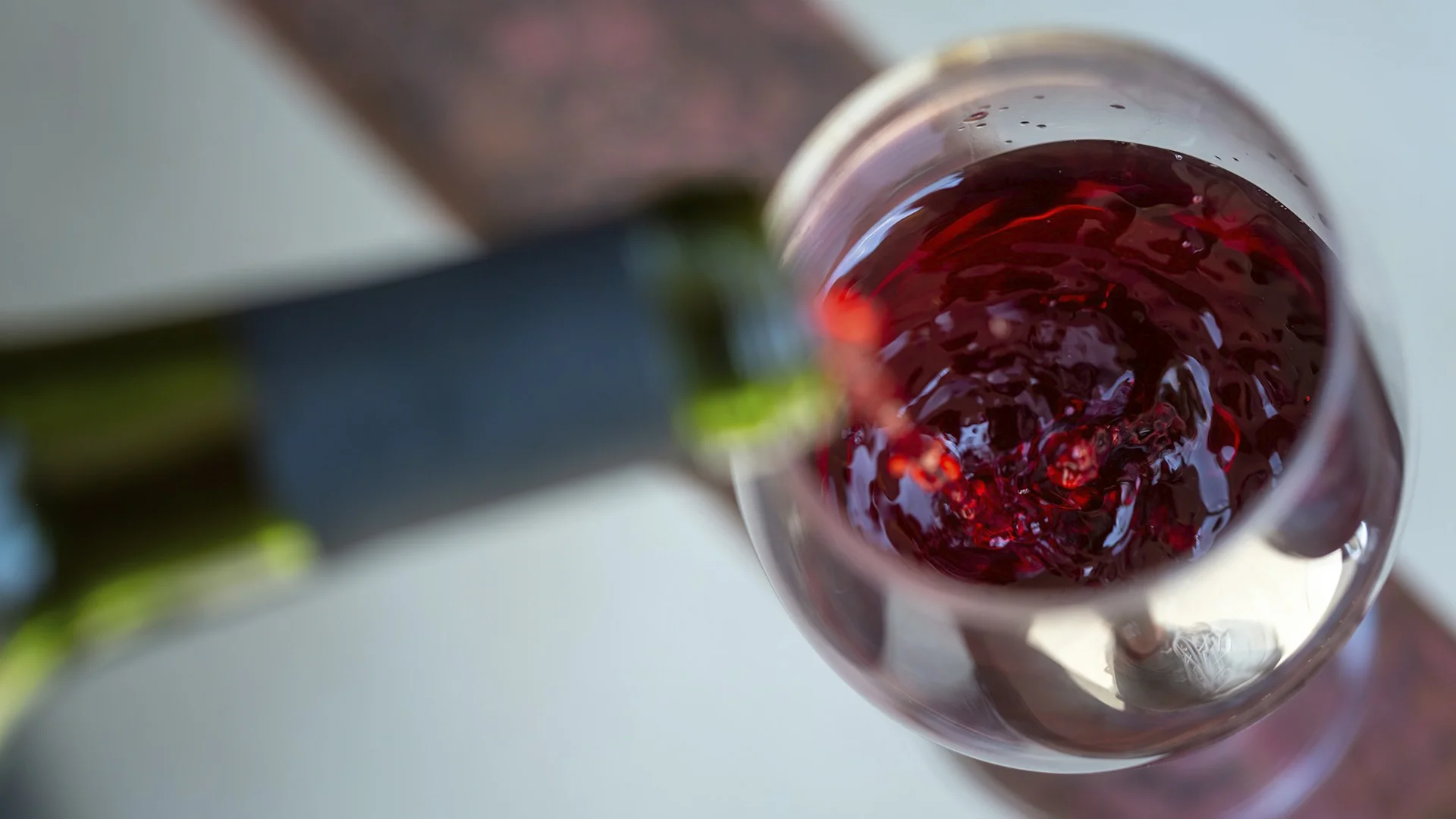







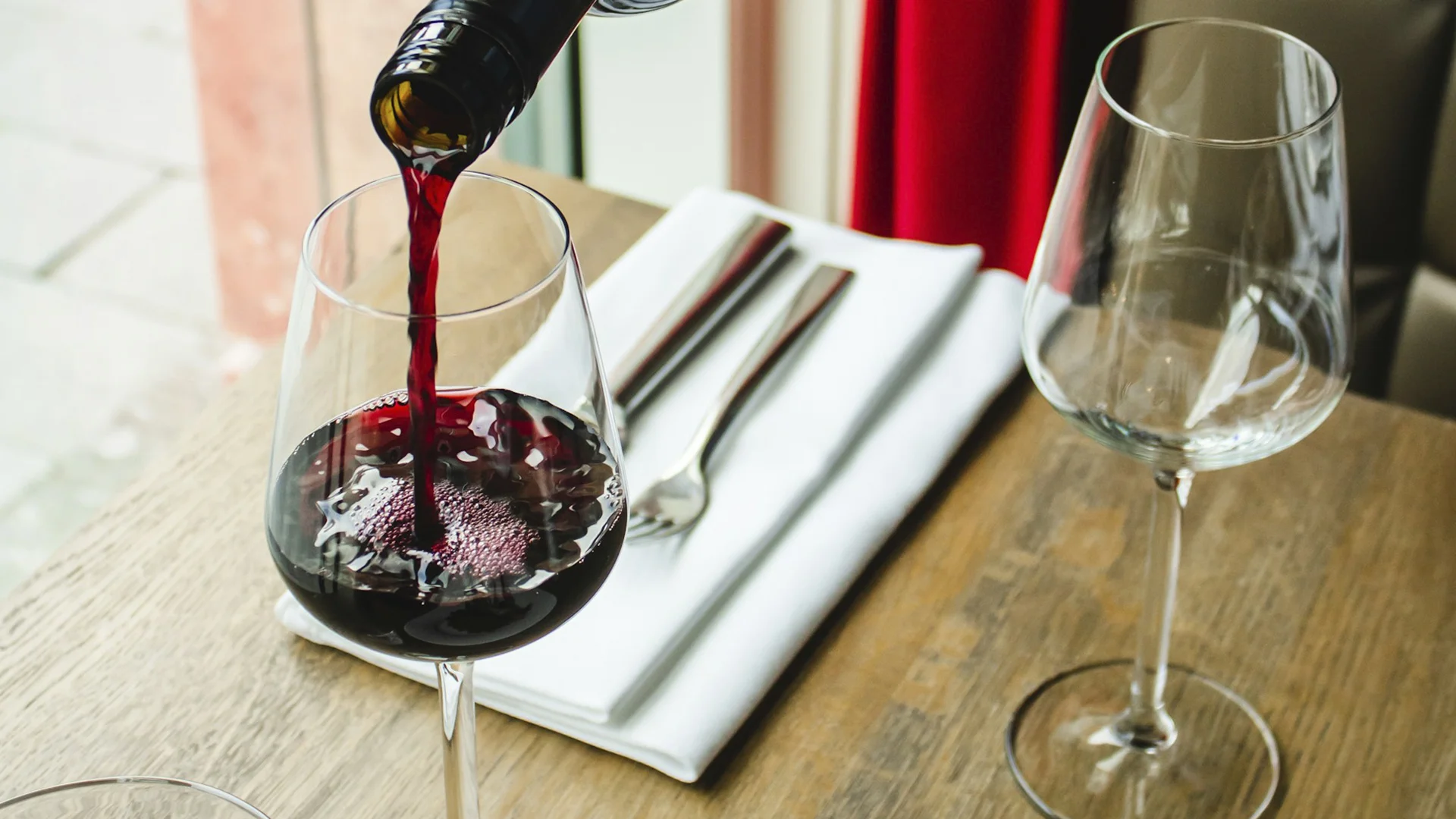












.webp)

.webp)
.webp)
.webp)



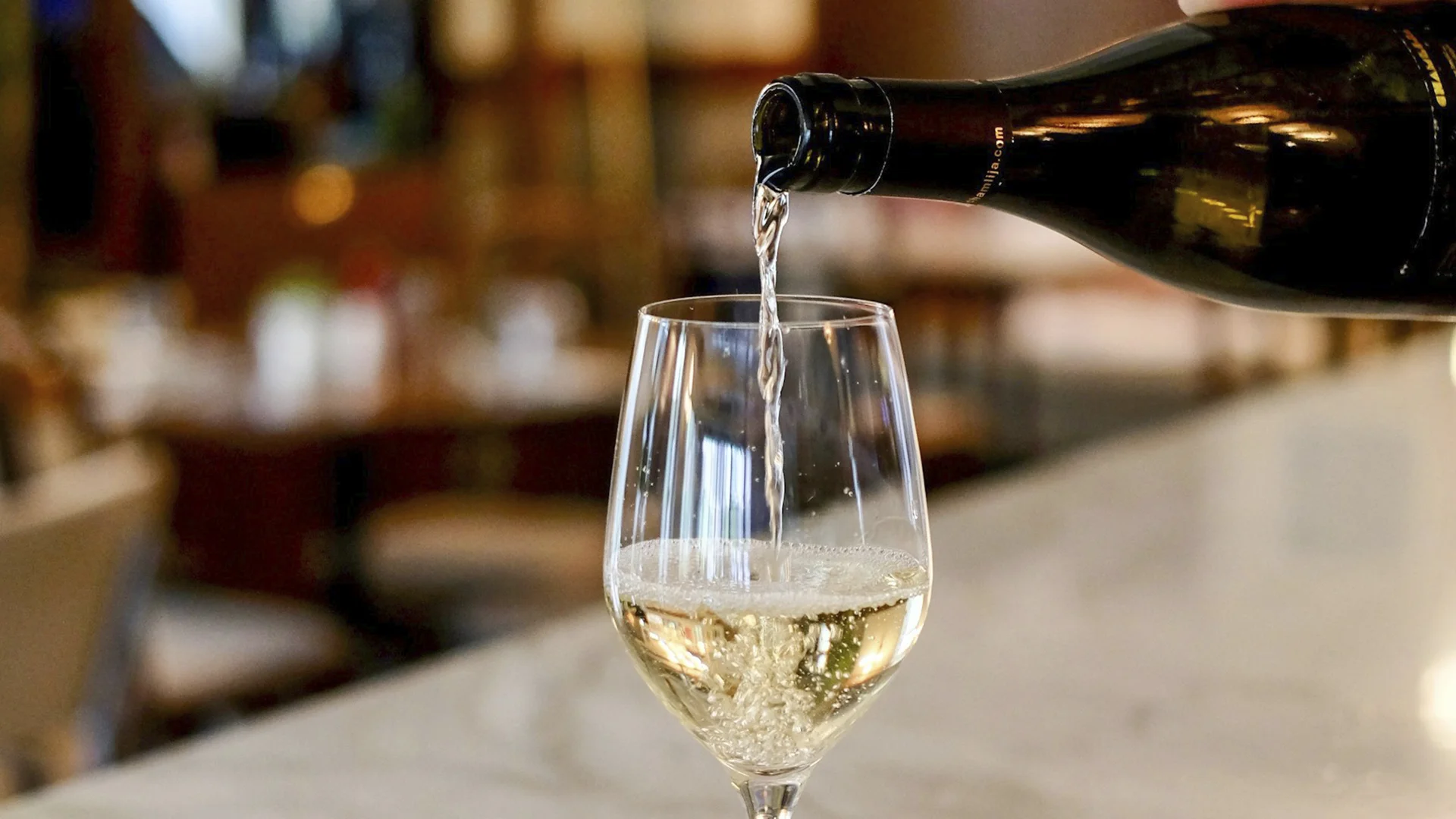


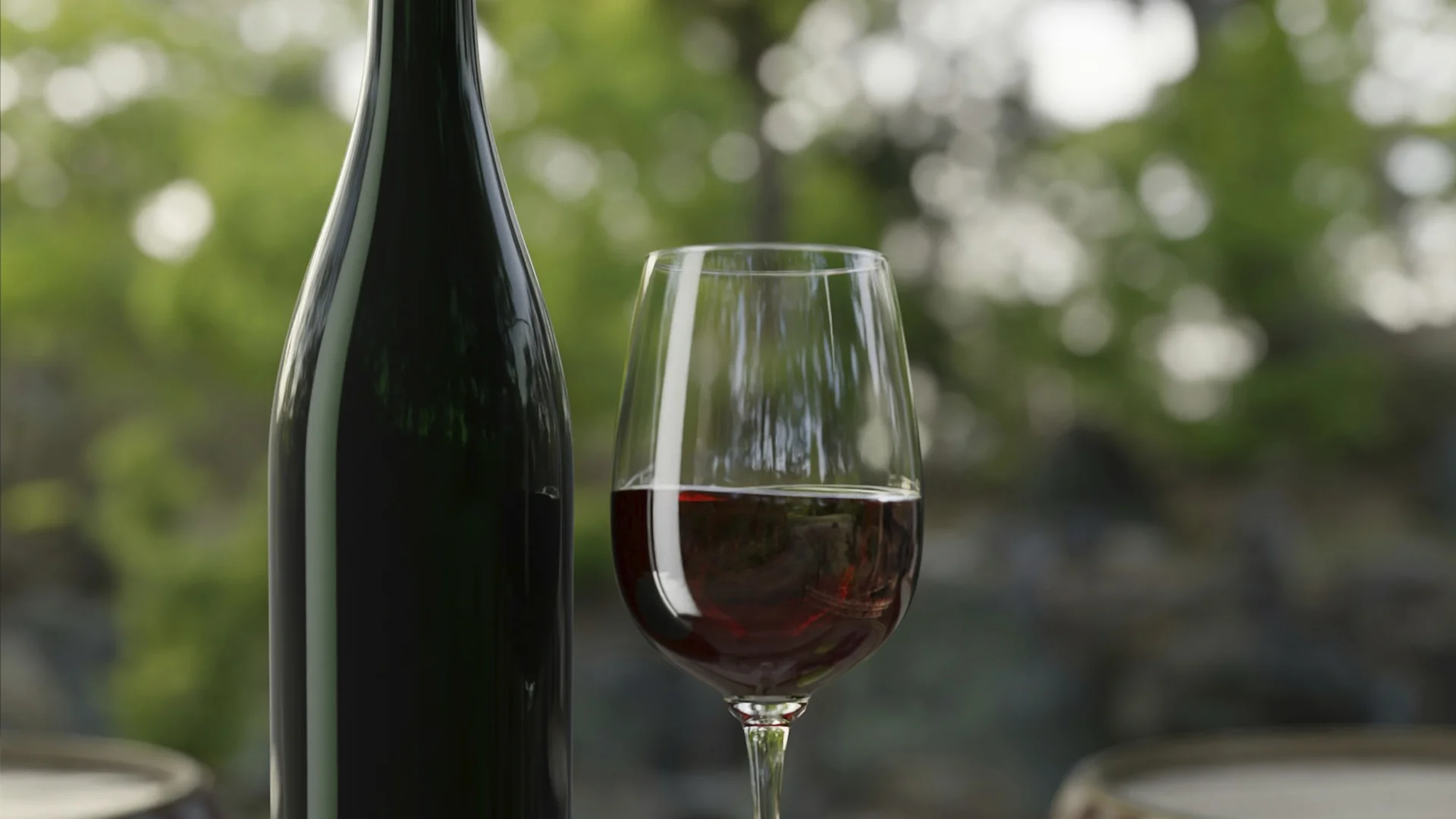



















.webp)













Are you interested in
collaborating with us?